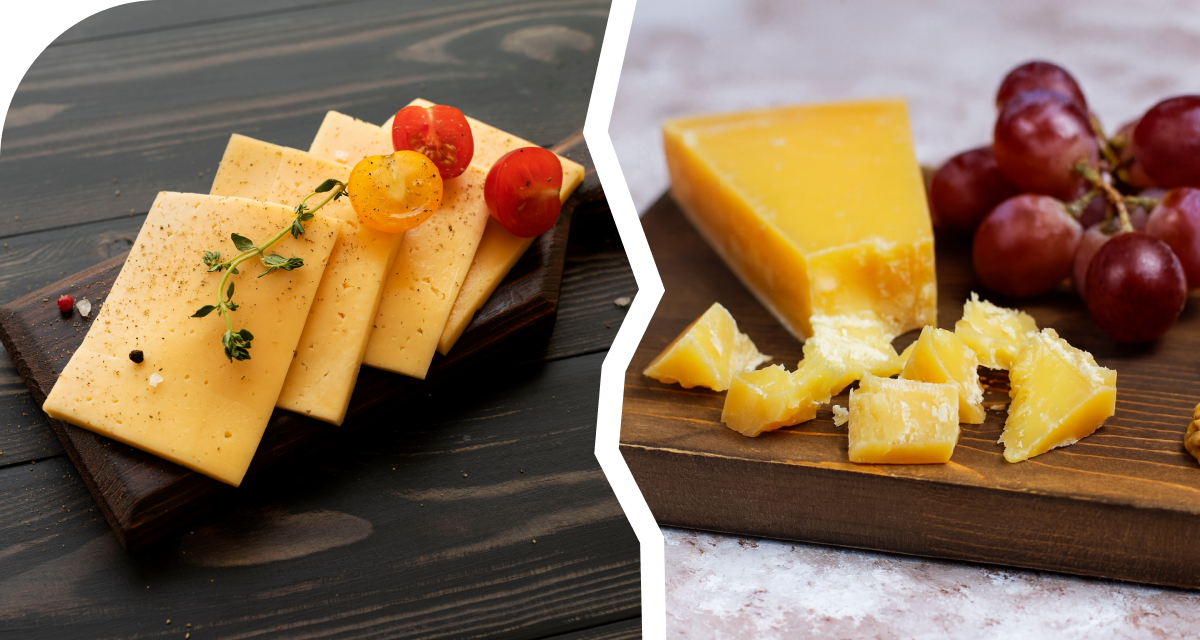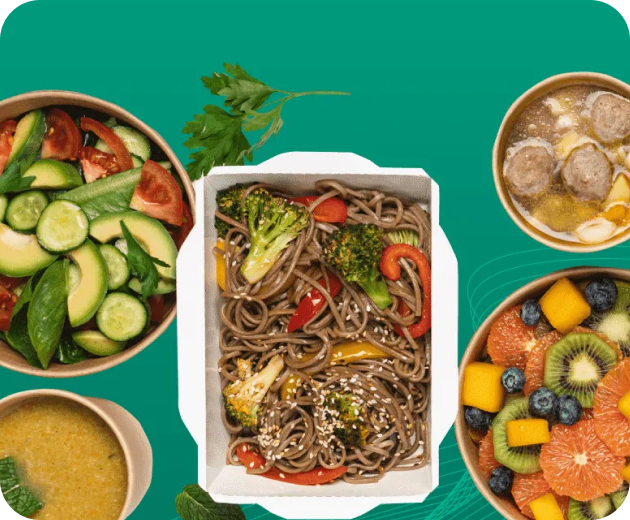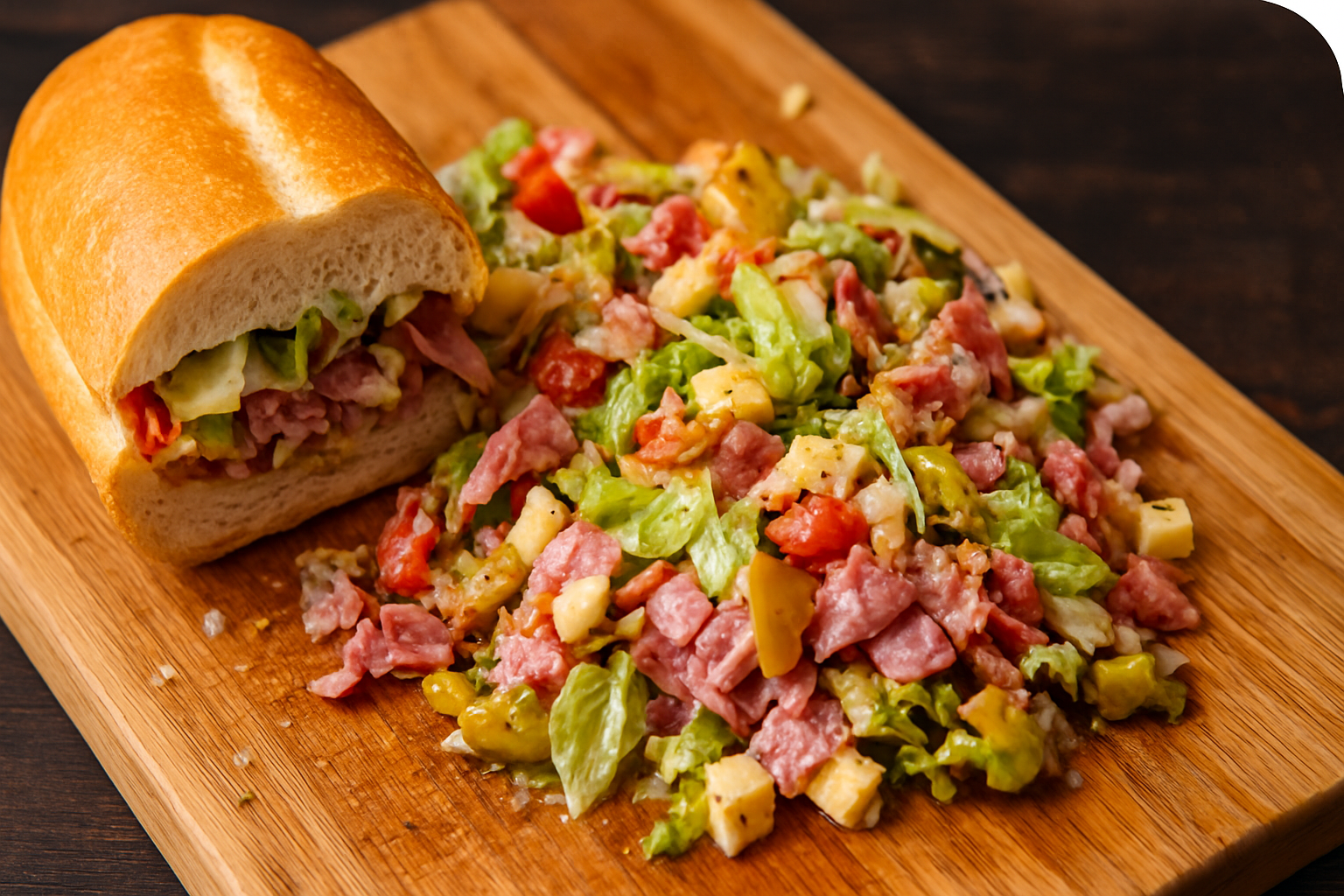American Cheese vs Cheddar: Flavor, Melt, and Best Uses
From burger joints to gourmet menus, American cheese and cheddar sit at the center of countless consumer favorites for cheese trends. Yet behind each slice lies a story of process, flavor, and function that goes far beyond the supermarket shelf. With recent surges in dishes like macaroni and cheese, grilled cheese sandwiches, and cheddar-topped recipes across social media and restaurant menus, it’s time to unpack the culinary rivalry: American cheese vs cheddar.
Want deeper insight into what’s shaping food and beverage innovation in the year ahead?
What is American Cheese?

Once considered a symbol of convenience food, American cheese is making a data-driven comeback in today’s kitchens. But what exactly is it, and why is it so polarizing?
How American cheese is made and processed
Technically, American cheese is a processed cheese product, a blend of natural cheeses (commonly cheddar or Colby) with added milk, whey, emulsifiers, and sometimes food coloring. The result is a consistent, creamy texture that’s prized in quick-service and large-scale kitchen operations.
Flavor profile, melt, and common uses
Its flavor is mild and buttery, and it’s known for melting flawlessly, making it a staple in dishes like grilled cheese sandwiches, breakfast burritos, and macaroni and cheese. On the Tastewise platform, American cheese is experiencing a comeback: in South Korea alone, social mentions are up 15.1% YoY, with spikes in dishes like grilled cheese and cheeseburgers. This resurgence in comfort-driven, nostalgia-forward foods suggests a renewed appreciation for American cheese’s meltability and convenience.
What is Cheddar?
From sharp-aged blocks to mild shreds tossed in a salad, cheddar is one of the world’s most recognized cheeses. But beyond its name recognition lies a spectrum of flavor, texture, and culinary roles worth exploring.
How cheddar is made and aged
Cheddar cheese is a natural cheese made from cow’s milk, undergoing a distinct aging process that can range from a few months to several years. This aging not only sharpens its flavor but also changes its texture, from smooth and creamy to crumbly and bold.
Flavor profile and common uses
Cheddar’s taste can range from mellow to tangy, and its versatility keeps it relevant across cuisines and categories. Tastewise data shows that cheddar maintains strong traction across all channels: dishes like broccoli cheddar soup, cheddar cheese soup, and elbow macaroni rank among the top correlated dishes with social index scores as high as 288X. It’s also one of the top-trending ingredients in foodservice and home cooking, making it a go-to for both R&D teams and content creators.
American Cheese vs Cheddar: How Do They Compare?
While both American cheese and cheddar are beloved kitchen staples, they differ dramatically in taste, texture, ingredients, and performance. Let’s break down how they stack up against each other in key culinary dimensions.
Flavor and texture differences
Cheddar brings a rich, sometimes nutty taste and firmer texture. American cheese, by contrast, is designed to be smooth and creamy, with a uniform melt. The creamy texture of American cheese is more forgiving in cooking, while cheddar offers a flavor-forward experience.
Meltability and cooking performance
Few cheeses melt like American. Its processed nature means it holds up in high-heat, fast-turnaround cooking environments. Cheddar also melts well but can become oily or separate if overheated. For grilled cheese sandwiches, many chefs blend the two for both flavor and performance.
Nutrition and ingredients
American cheese tends to have a higher sodium and fat content (including saturated fat) than cheddar, especially in its processed American cheese forms. Cheddar can offer higher amounts of vitamin A and calcium, depending on how it’s aged. Both can be enjoyed in moderation, but those managing high blood pressure may prefer cheddar for its slightly lower sodium profile.
Aging, sharpness, and style variations
Cheddar shines when it comes to variety. Aged cheddar is bold and crumbly, while younger types are milder and creamier. American cheese lacks this range due to its processed cheese identity but remains a reliable go-to in many food applications.
Price, availability, and labeling standards
American cheese is generally more affordable and shelf-stable. However, labeling can be tricky, it’s often referred to as “cheese product” or “processed cheese product” if it doesn’t meet the legal definition of cheese. Cheddar, on the other hand, must adhere to stricter labeling, which often means fewer additives and more transparency in sourcing.
Best uses and pairing ideas
- American cheese: best for melt-focused dishes, burgers, melts, breakfast sandwiches, and diner-style fare.
- Cheddar: ideal for bold flavor, mac & cheese, charcuterie boards, wines, casseroles, and upscale burgers.
American Cheese vs Cheddar FAQs
American cheese takes the lead for meltability, giving that iconic ooze. But cheddar adds depth. Many foodservice chefs mix the two to balance texture and taste.
Not always. If labeled as a “processed cheese product,” it contains added ingredients like whey, milk proteins, and emulsifiers. Natural cheese like cheddar adheres more strictly to traditional cheese-making standards.
Both have their pros and cons. Cheddar often has fewer additives and may be lower in sodium, while American cheese can be more consistent in fat content. Always check the label.
Aged cheddar tends to be lower in lactose and may be easier to digest. American cheese, being processed, varies, check for lactose-free labels or alternatives.
Using data from over 7 million dishes, 600K+ posts, and 400K+ restaurants, Tastewise tracks how ingredients like cheddar and American cheese appear across menus, recipes, and social media. In South Korea, for example, American cheese saw a 15.1% YoY growth in social mentions, while cheddar continues to dominate in dishes like broccoli cheddar soup and mac and cheese.




